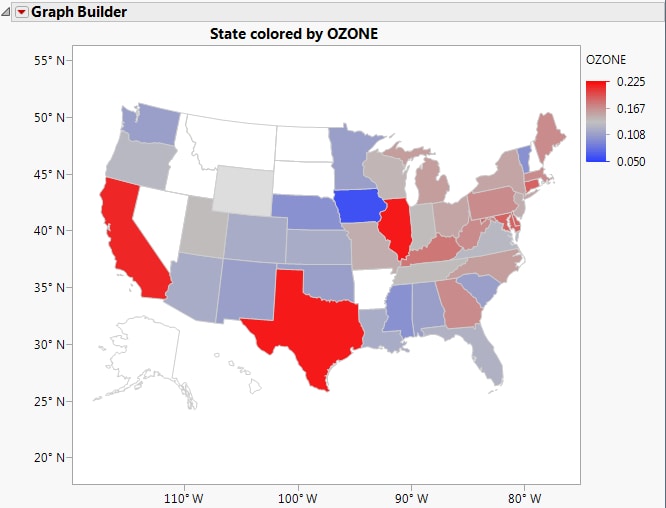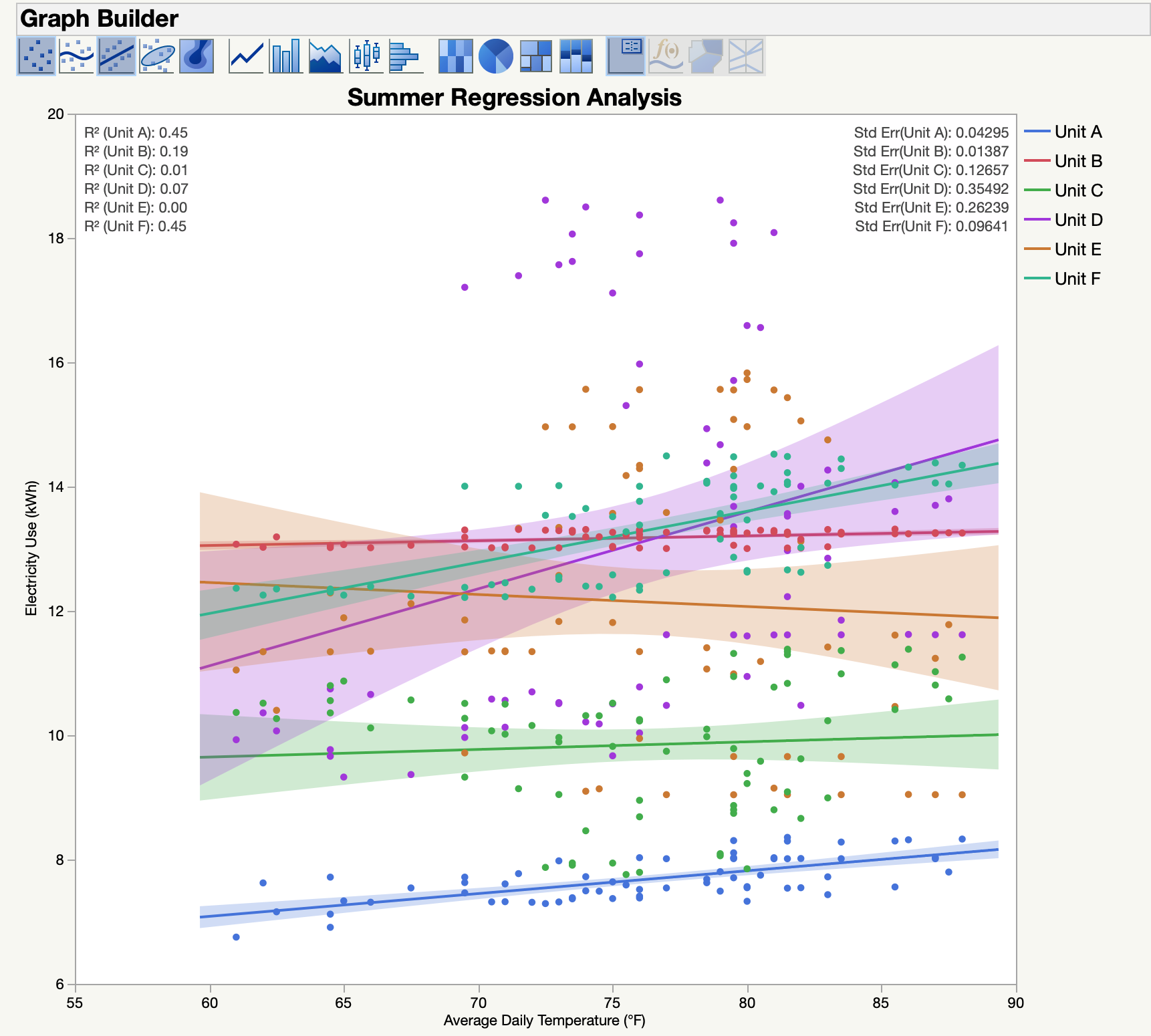
Risk sharing and risk adjustment often work together and can take place between any of the four agents to reallocate resources. Risk adjustment refers to the use of information to calculate the expected health care expenditures of individual consumers over a fixed interval of time (e.g., a month, quarter, year) to set payments between agents risk sharing implies some type of retrospective payment of agents for some fraction of their ex post costs. In this work we present a conceptual model that helps understand risk selection and how risk adjustment and risk sharing are used to address it. Below, we describe the efficiency and equity problems that arise from risk selection, and give examples of the selection tools that each agent might use to influence choices.

Expanding on the definition of Newhouse, we define risk selection as: “the outcomes of any choice process in which any of the four agents (consumers, providers, health plans, sponsors) exploit unpriced risk heterogeneity and break pooling arrangements”. Risk selection is exacerbated in the presence of income inequality, which affects consumer’s ability to pay, and helps explain the need for some level of solidarity in every health care system design. The predictability of heterogeneous risks can lead to risk selection as agents try to take advantage of private information to attract profitable enrollees. Not only is actual spending skewed, but expected spending is also highly skewed: some consumers are predictably more expensive than others. By nature, the distribution of health care costs is highly skewed as a large share is spent on relatively few people. Social welfare concerns are part of every modern health care system, where issues such as coverage for the poor and unequal access are often discussed.

In this sample, countries and insurance programs with more choices have more selection problems. We specifically examine the health care systems, choices, and problems in four countries: the US, Canada, Chile, and Colombia, and examine the relationship between selection-related efficiency and fairness problems and the choices that are allowed in each country, and discuss recent regulatory reforms that affect choices and selection problems. In this paper, we present a unified way of thinking about the organizational structure of health care systems, which enables us to focus on two key dimensions of markets that have received less attention: what choices are available that may lead to selection problems, and what financial or regulatory tools other than risk adjustment are used to influence these choices. Perhaps because of this, the existing literature and their recommendations for optimal risk adjustment or optimal payment systems are sometimes confusing. This literature has often modeled the effects of risk adjustment without highlighting the institutional setting, regulations, and diverse selection problems that risk adjustment is intended to fix. Significant steps have been made in the empirical development of risk adjustment models, and in the theoretical foundations of risk adjustment and risk sharing. Interest has grown worldwide in risk adjustment and risk sharing due to their potential to contain costs, improve fairness, and reduce selection problems in health care markets.


 0 kommentar(er)
0 kommentar(er)
